Podcast Description
Facebook ads, in my mind, are the greatest value in advertising we’ve ever seen in the history of our world.
In this video, I walk you through a brief history of advertising, the forms of advertising over the last 100 plus years, and how we are now sitting in front of the biggest wave of opportunity for all brands – big and small alike – to reach more of their target audiences easier and less expensive than ever before.
Enjoy the Podcast!
Podcast File
A Brief History of Advertising: From Press to Facebook
Click here to download this Podcast >>
Podcast Transcription
Hey guys, how’s it going? This is Jimmy. I’m the Associate Creative Director for Manuel here at AGM. And welcome back to the Facebook Marketing Ninja podcast.
Also a warm welcome to our new listeners. Go ahead and hit subscribe to catch the latest and greatest social marketing tips and tricks.
In today’s podcast, Manuel talks about a brief history of advertising, the forms of advertising over the last 100 years or so, and how we’re now sitting in front of the biggest wave of opportunity for all brands, big and small alike to reach more of their target audiences, easier and less expensive than ever before.
Check it out.
I want to talk to you guys about
The History of Advertising in This Planet
It’s an impressive and very important history to understand because it also guides you towards the point of understanding how much it has evolved to the point that where we are today.
It starts with 1836, where traditional print that we know today was actually created.
The Print Era
La Presse was the one that actually in 1836 said, Wait a second. We can actually print this stuff, put it on a paper. And maybe we can eventually sell advertising on it.
That was the original way of, you know, communicating advertising messages.
It made a lot of sense because a company was formed and those companies were like, what we call today “Media Companies”. They distribute messages.
So what they did was they actually tried to capture big audiences, make engaging content, try to make things very interesting for people to go and buy their newspapers.
And by doing that, they gathered a big audience and now a brand -Johnson and Johnson, or Ellie Lily, or Walmart, or whatever was around in those ages.
Then, would actually go in there and put their messages in there. Then, they will pay a lot of money for them.
The logical thing was that, “Hey, if we get a lot of people to see our stuff, our newspapers, or whatever, then what’s going to happen is that companies are going to pay us a lot of money for us to put their messages there.” You know so it made a lot of sense.
So for 64 years or so, the printing press dominated in the advertising world. There was nothing else. There was no second place. Incredible, right?
64 years of monopoly, an entire industry just being done through print – magazines, newspapers, articles, print, print, print nonstop.
The Radio Era
And then there was this guy in the 1900s, 1900 apparently. They created the first wave of radio, of wireless technology for like transmitting signals, radio signals. And that started blowing up as you guys already know.
And then in 1920, it became a huge mainstream phenomenon. Now people would just listen to, you know, all kinds of shows.
They will listen to sports games. They will listen to news, weather forecasts, everything was going on on radio.
So now again, the same phenomenon
started happening.
Companies, brands, realized the opportunity of putting their messages in there because why?
The big stations had millions of listeners.
They will listen to the stations on the cars. They will listen to the stations on their houses nonstop.
I mean, this is very historic, right? You will know their granddaddys that we used to have, my granddaddies that passed away, both of them. They, all they did was listen. They got a little drink and they would just listen to the radio all day long.
In that way, maybe there was this oil company that will sell like oil changes. Or there was this another company that will sell clothing or whatever it is that they will put their messages in front of them and that they will listen to it, absorb it, get the content, and then react to it. So that’s what was going on.
The Television Era
So now, we fast forward more and we go to the 1940s. I believe it was 1949 or so when it became a big phenomenon, that was a television era.
The television era was the biggest tsunami
that the world has ever experienced because it was incredible.
At the beginning, only rich families used to have these things on their houses. And then it started evolving.
Just like us today that we have like computers, and when it all started, it was only for the rich families. The same thing was happening with the televisions.
So television now replaced radio and the radio became kind of the print. And now the television was the new radio, right? And then he kept on evolving like that.
Television dominated for about 45 years pretty much without any competition. Nobody else was even second place.
Radio was far behind, print was falling really far behind, and companies were actually taking advantage of the opportunity. So of course, more companies realize the opportunities.
And this is how it happens, guys.
This is a logic. I want you to understand the common sense of how this works.
Companies see the potential. They realize the opportunity. They grab their money and they put it on those channels to capture more attention, to capture more eyeballs, to get more people to see what they have to offer.
Okay. So now in turn, other companies realize that opportunity is big. So now they say, wait a second, this television it’s actually working.
Let’s put some money in there. So now more money gets on that channel. And now more companies and more companies and more companies.
And now guess what, it gets really crowded in there. So there’s less real estate.
It’s like supply and demand
That’s the way it works in this world. If you go to a neighborhood that everybody wants to buy in that neighborhood, the prices are going to be higher.
If you want to go to the desert and buy yourself a house, then it’s cheap. You don’t have to pay a lot of money for this house because nobody is requiring to buy houses in there. Nobody has any demand for the properties in that place.
So the laws of supply and demand work exactly the same way in the advertising world.
Television got really crowded. In the 1980s and in the 1990s, most companies over 90% of brands cannot afford to do television ads. Imagine that.
So you have the greatest media channel ever invented in this planet. And more than 90% of companies in the planet could not put dollars to advertise on it because they could not afford it.
So it was a channel, the greatest one, being only controlled by about 10% or less of the brands out there.
Pretty impressive if you think about it, because now it puts those other 90% of companies in their shoes, in their you know, tippy toes like they say, trying to find a solution, you know, trying to find like, how do they get more attention? How do they grow their companies? It made it really difficult. So that’s up to 1995 or so.
The Internet Era
And then 1995, the internet world comes around, right? We got all this phase becoming mainstream. We’ve got desktops on the houses. We have like people actually using computers nonstop.
Then later on, we got 1999. This whole email phenomenon went big. People used to send an email.
And I remember when this was going on, because that was like a young kid and I saw this phenomenon happen. And I thought it was pretty incredible that I can send a message all over the world with just a couple of clicks of the button.
So companies started realizing that opportunity, and that the world was going in that direction, and they started putting all their energy into capturing those names, getting email addresses was the gold standard now.
Everybody was after emails for awhile. So now the cool thing about it was that when you did email marketing in 1999, when you send out an email broadcast out of a hundred people, I don’t know, maybe 90 of them opened it, 95.
So you had a humongous engagement, whatever you were doing, because it was a new opportunity.
If you talk about 2018 in this new world, you’re talking about a 10% open rate. If you’re a genius, 25%, that’s it. So it’s a different opportunity, right?
And then later on, as we went into the 21st century, we had the world of Google now. And, they started dominating the world, and they were kings for about a decade.
Google AdWords in 2002, 2003, you can buy words like, I don’t know “medicine” for like 5 cents, “jeans” for 5 cents, “cameras” for 10 cents. You can buy anything that you wanted for next to nothing.
Even though there was an abundance of people in there using it, google.com was already mainstream. And it was being used around the planet by millions and millions and millions of people every single day.
So opportunity was
humongous.
And a lot of companies maximized that opportunity. That was huge for many years.
YouTube
In 2008, 2009, it started getting a little bit more expensive, but then they actually bought out this awesome company called YouTube.
So now people started building brands on YouTube in 2008 and 2009 and it started blowing up.
I believe it launched in 2006, if I’m not mistaken. So YouTube became mainstream and a lot of companies started putting energy into putting their brands in there.
Opportunity. It was easy to break through on them.
Now, if we fast forward now to 2018, I believe that all those opportunities that have come and that had already gone are nothing compared to what we have in front of us today.
Facebook advertising
is the greatest, biggest media organization in this planet.
No other company, no Google, no CNBC, no NBC, no radio station 95.7, no company in this planet, no media organization has ever captured so much attention.
And do you know that less than 5%- listen to this for a second-less than 5% of the brands out there have invested a penny. They haven’t invested a penny on Facebook ads.
So how does that make sense? You have the biggest social media platform in history. The biggest media platform in history. More than 95% of brands have not even touched it.
Does that tell you there’s a big opportunity or what?
Now, come fast-forward all those years, over 200 years to 2018 of the advertising world that we’ve gone through, in this planet right now, we are in front of the greatest tsunami of internet explosion, the greatest opportunity when it comes to advertising.
And, on this course completely through the 12 modules, you’re going to become a master of using this to the point that you’re going to become like your own Ninja doctorate. When it comes to Facebook advertising, I’m going to show you the ins and the outs of this opportunity.
So that is the history of marketing in this world. And my point that I wanted to drive home is that, that opportunity that people have lived three decades in the past does not even get close to what we’re living through today.
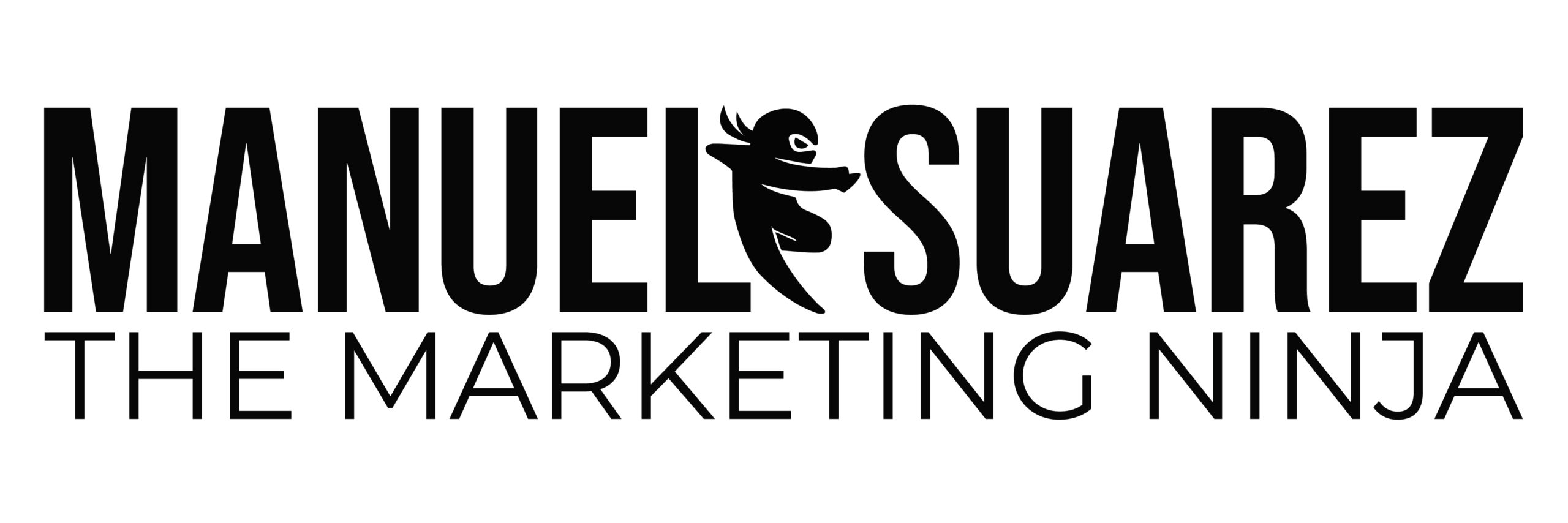

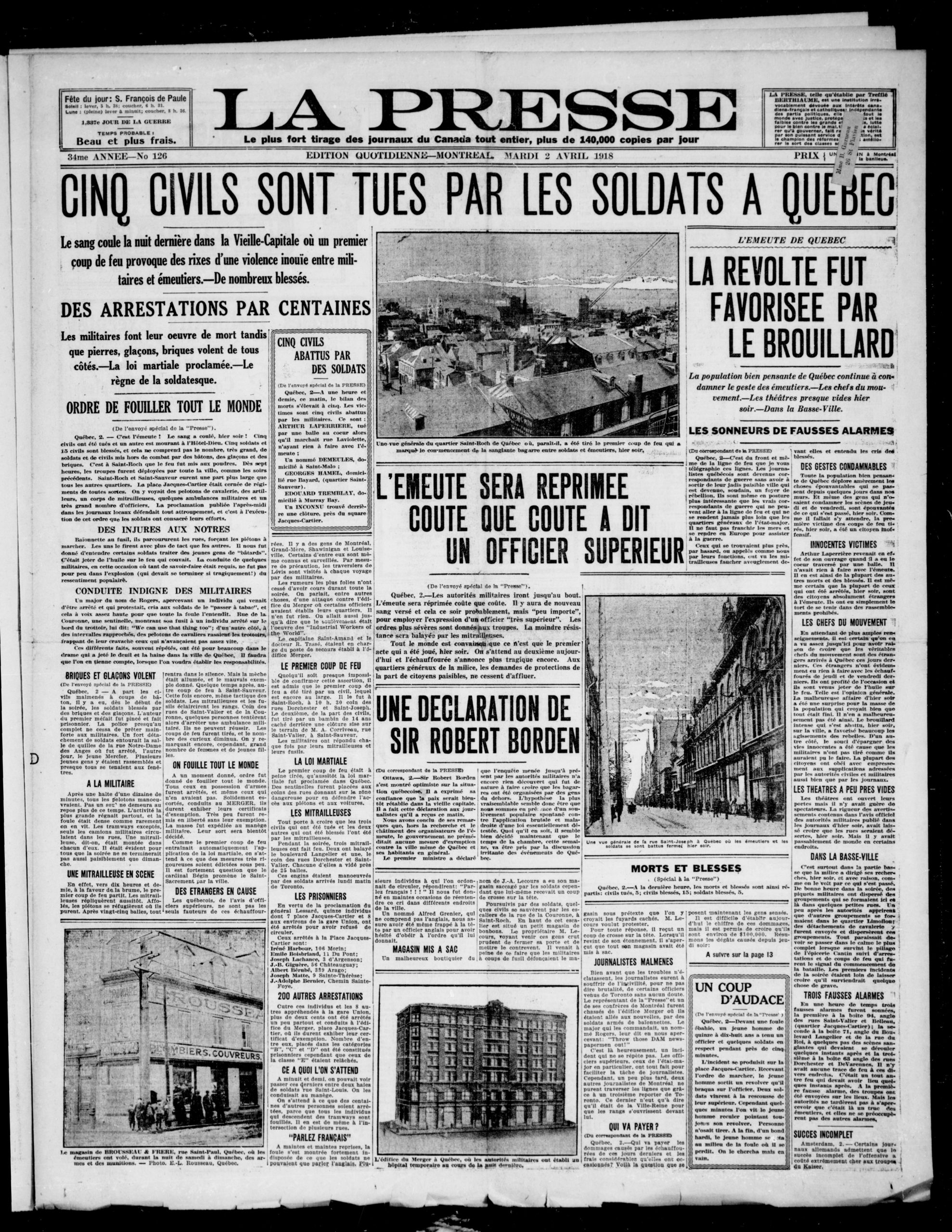


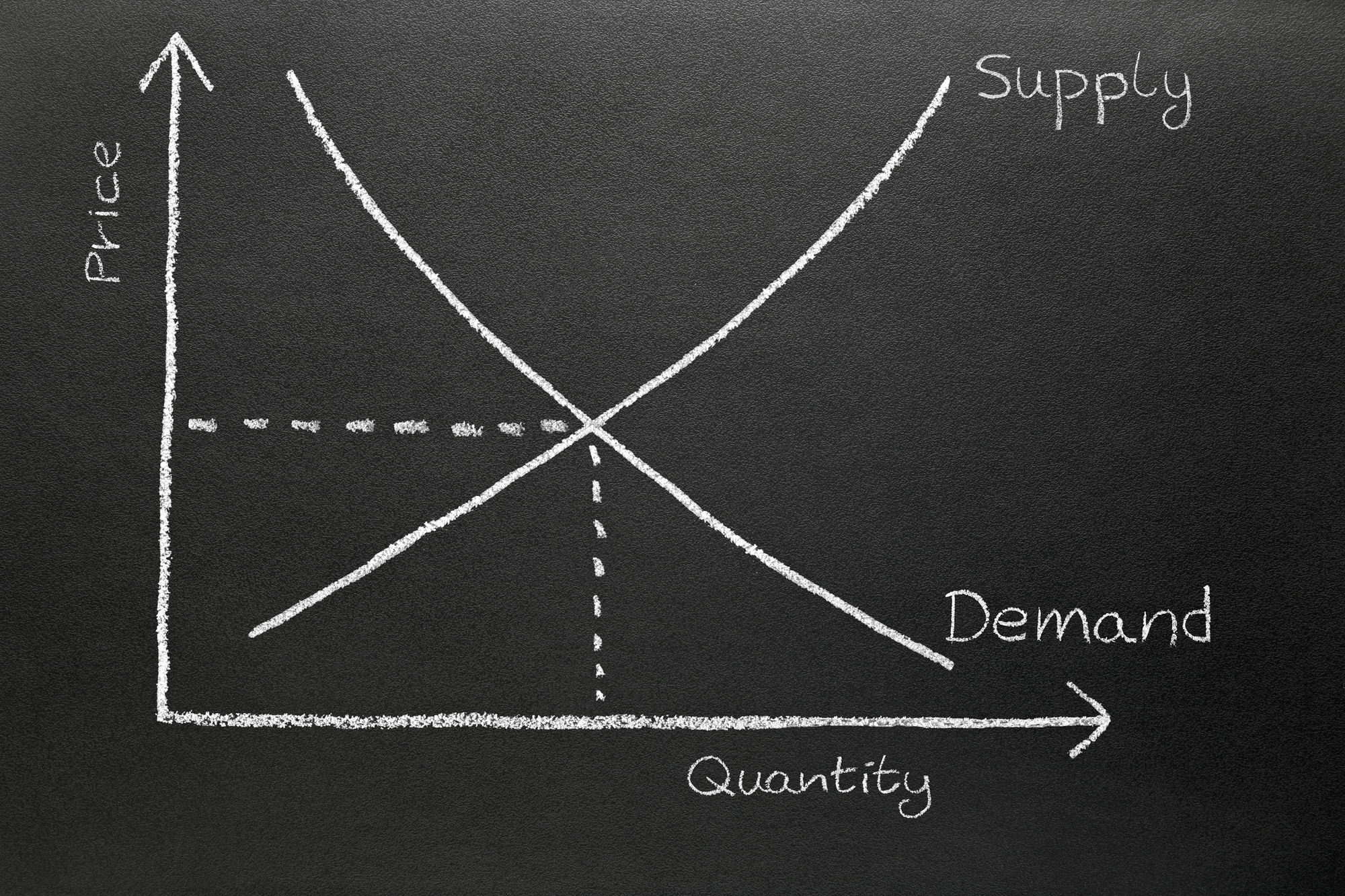
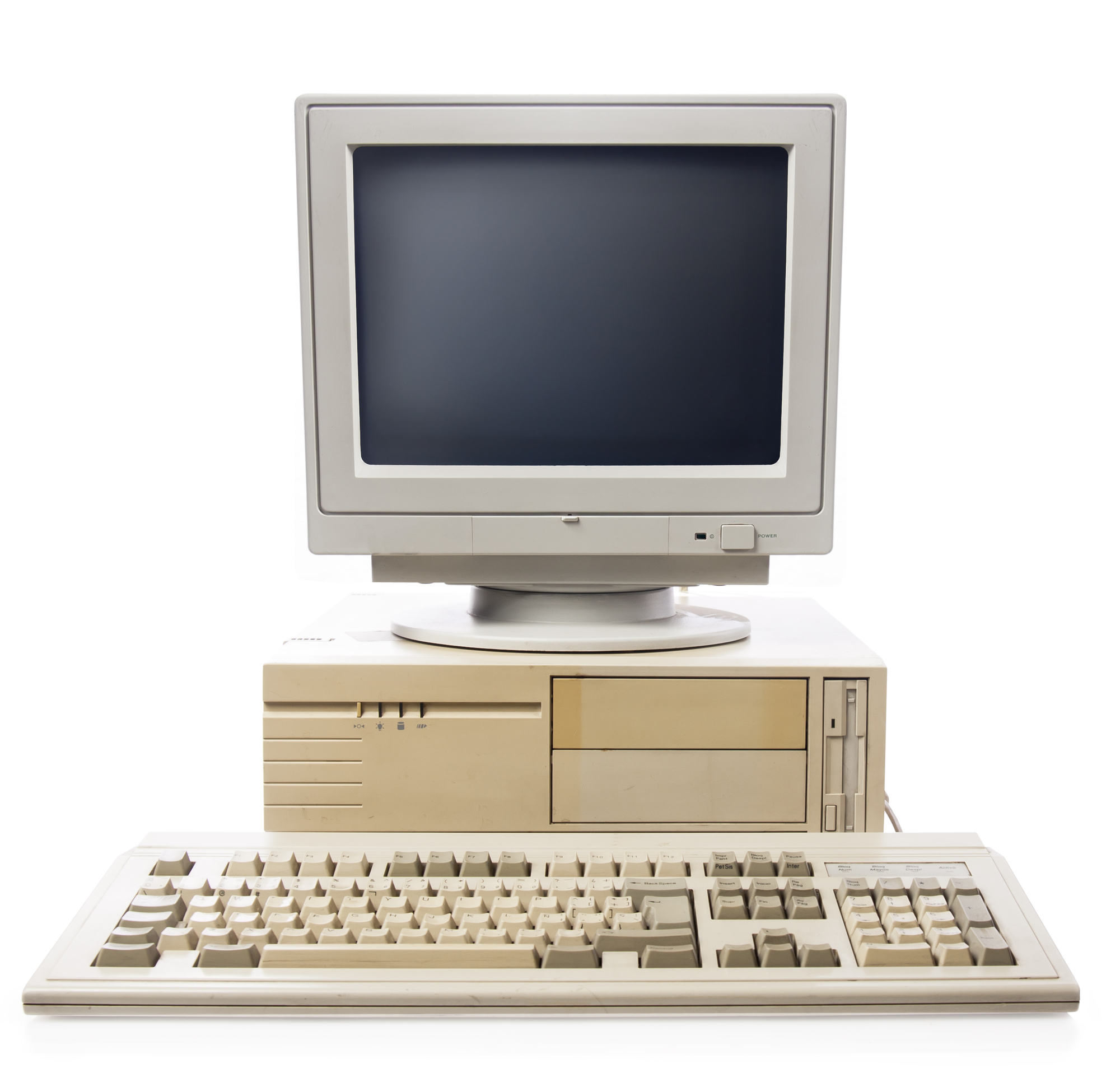
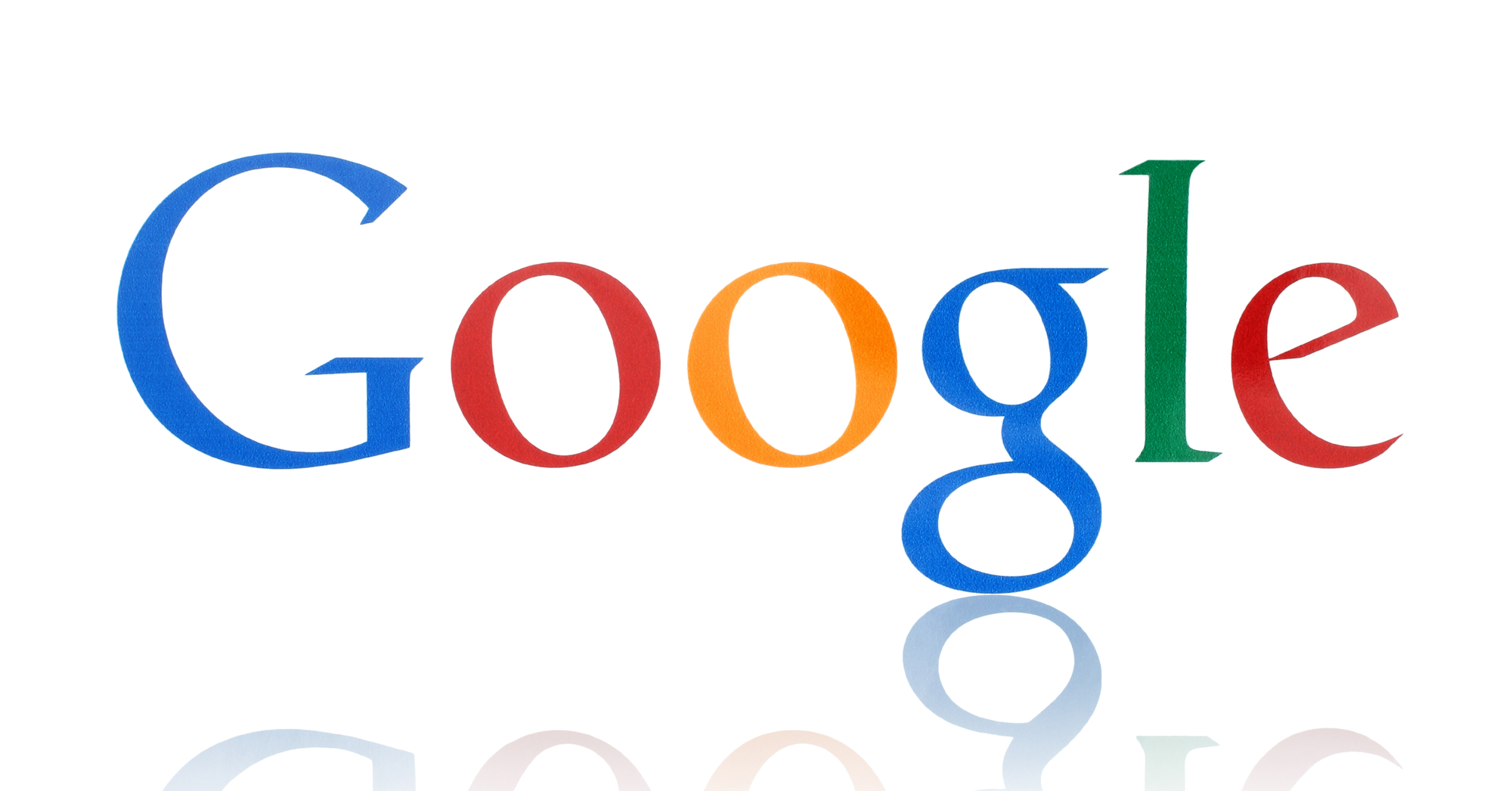
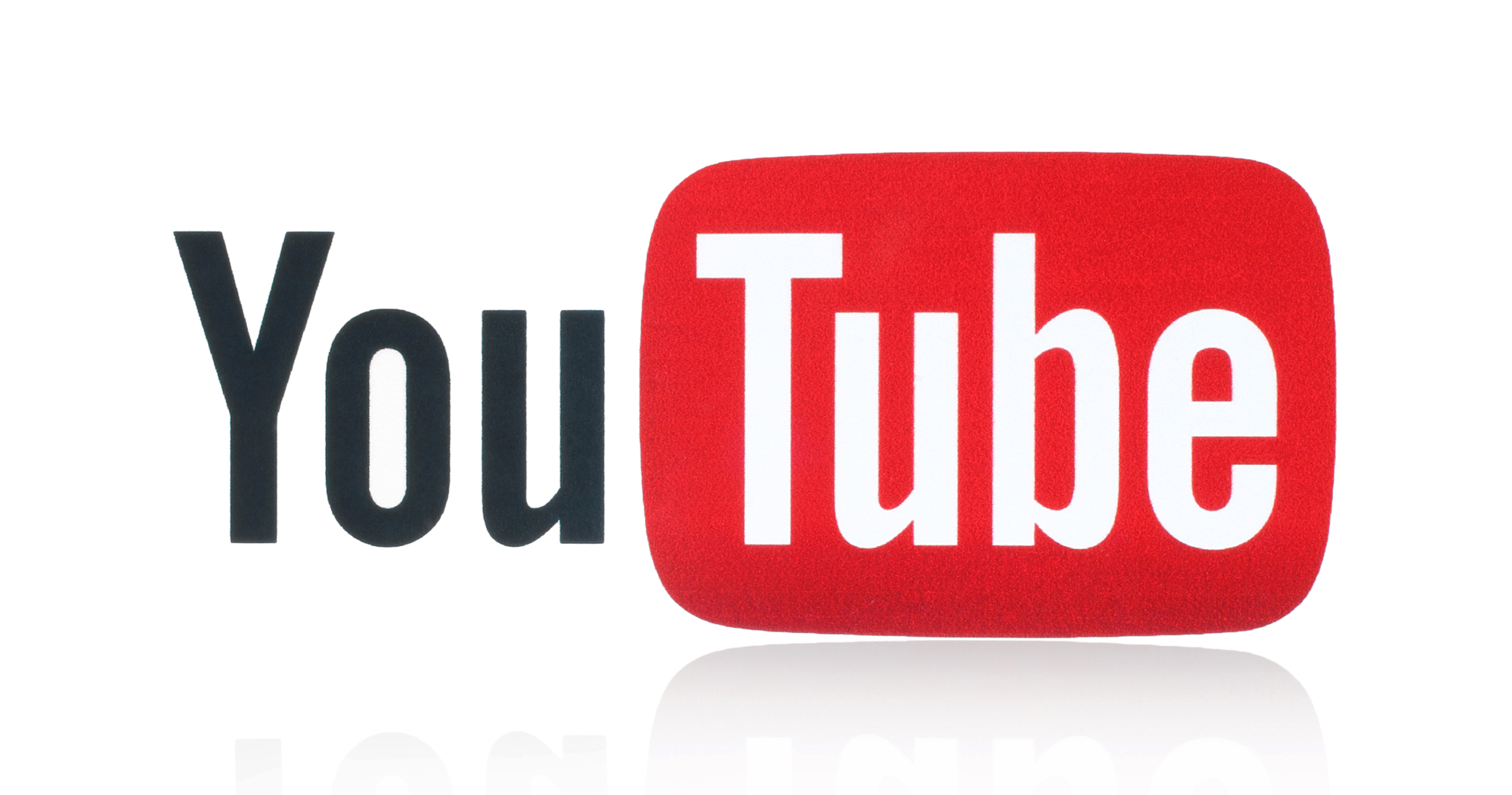
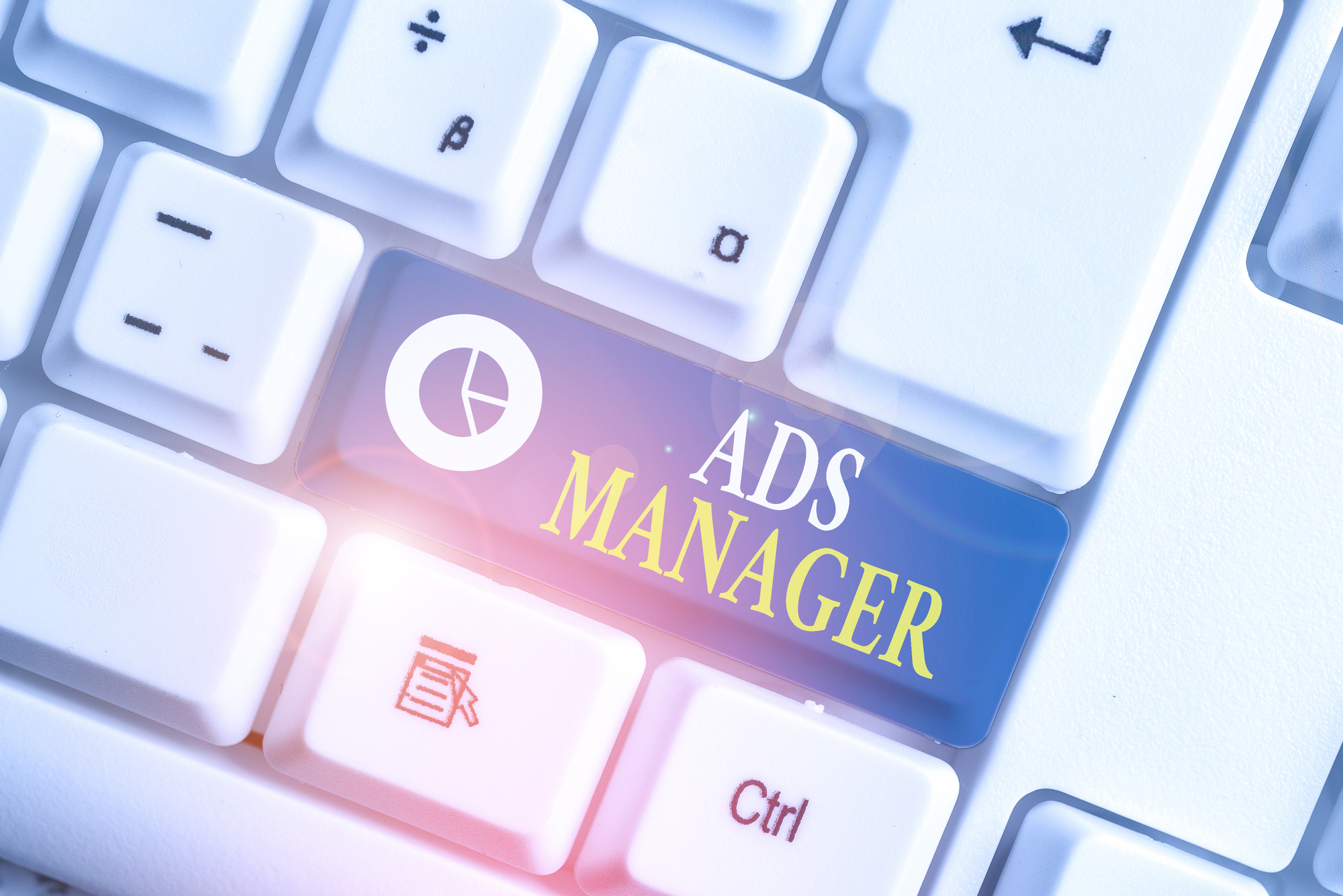



Its like you read my mind! You appear to know so much about this, like you wrote the book in it or something. I think that you could do with a few pics to drive the message home a bit, but other than that, this is great blog. An excellent read. I will certainly be back.
Thank you! Glad you like my blog. 🙂
It is really a nice and helpful piece of information. I am satisfied that you simply shared this useful information with us. Please stay us up to date like this. Thank you for sharing.
You’re very welcome! 🙂